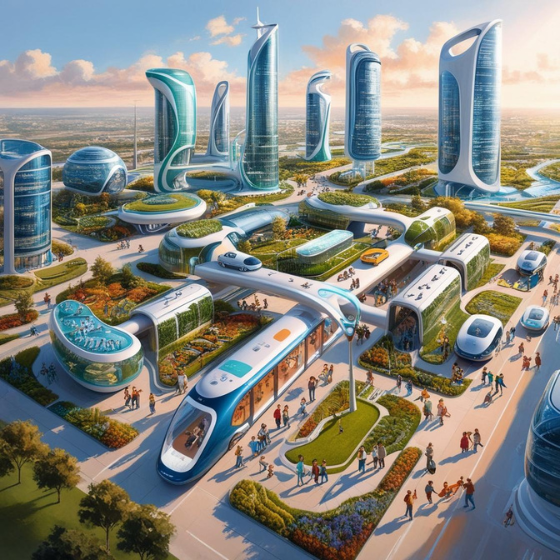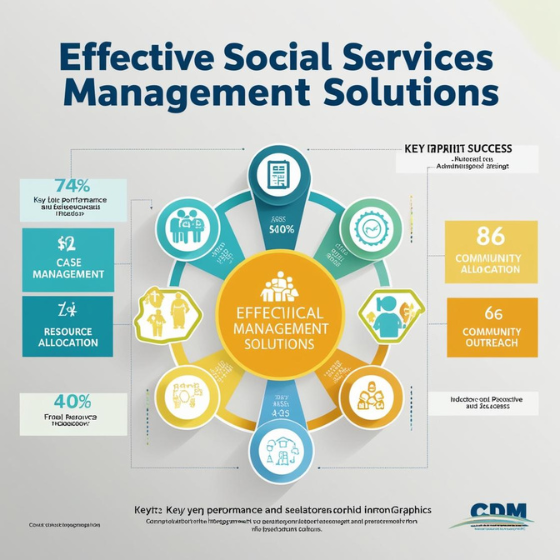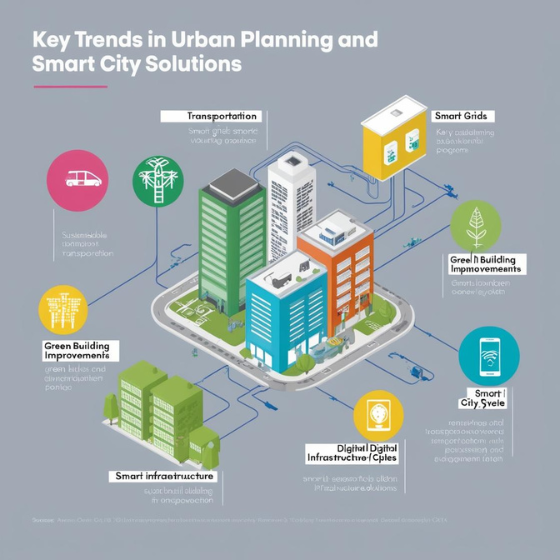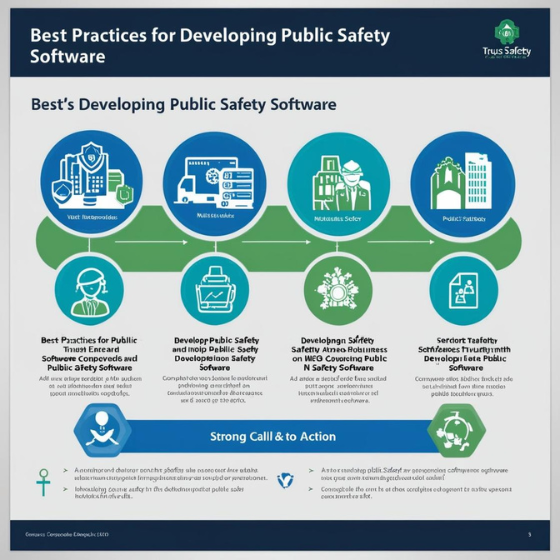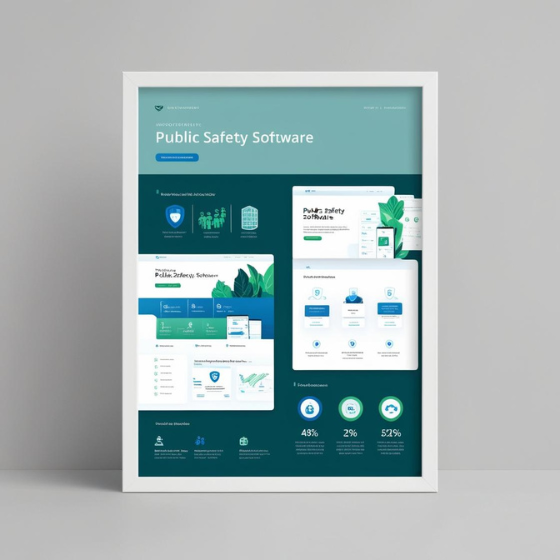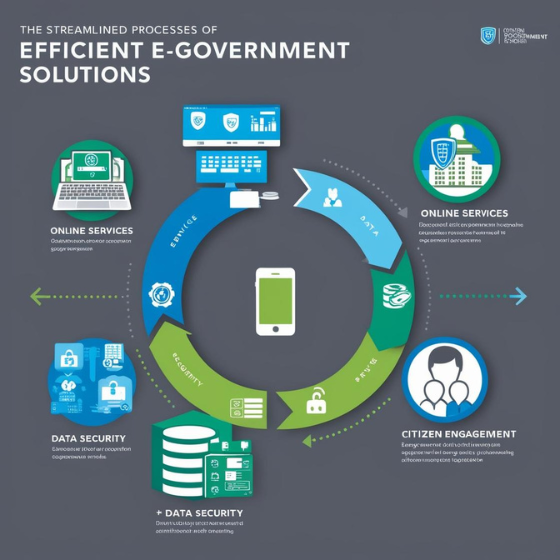Urban Planning and Smart City Solutions: Improving City Living
The rapid growth of urban populations has presented a unique set of challenges for city planners and administrators. From traffic congestion to environmental concerns and inefficient public services, traditional city infrastructure often struggles to keep up with the demands of modern urban life. Enter smart city solutions—technologies designed to improve the quality of life for residents, enhance sustainability, and streamline city operations.
In this blog, we’ll explore how urban planning and smart city solutions are transforming the way cities function and the impact these innovations are having on daily life.
Why Smart City Solutions Are Essential for Urban Planning
Cities are growing at an unprecedented rate, and the infrastructure in many urban areas is quickly becoming outdated. According to the UN, over 55% of the world’s population now lives in urban areas, and that number is expected to rise to 68% by 2050. This exponential growth presents challenges related to transportation, healthcare, energy, security, and environmental sustainability.
Smart city solutions are transforming how cities address these challenges by using cutting-edge technology to create more efficient, sustainable, and livable urban environments. These solutions leverage Internet of Things (IoT) devices, data analytics, and AI to improve urban operations and services in real-time.
Key Benefits of Urban Planning with Smart City Solutions
1. Sustainability and Environmental Impact
One of the biggest benefits of smart city solutions is their potential to make cities more sustainable. By leveraging real-time data and advanced analytics, urban planners can optimize energy use, reduce waste, and improve air quality, leading to greener, healthier environments for residents.
Examples of Sustainability Features:
- Smart energy grids that monitor and adjust electricity use.
- Waste management systems that optimize trash collection routes and recycling processes.
- Green infrastructure like smart water systems that reduce water wastage.
By integrating these solutions, cities can reduce their carbon footprint and work toward becoming more environmentally friendly.
2. Enhanced Mobility and Transportation
Traffic congestion is a major problem in most cities, leading to longer commute times, air pollution, and lost productivity. Smart city solutions offer ways to make transportation more efficient and accessible.
Smart Transportation Features:
- Smart traffic lights that adjust based on traffic flow.
- Real-time traffic monitoring to alert drivers of road conditions or accidents.
- Public transportation optimization by tracking bus and train locations to reduce wait times.
These improvements not only reduce traffic congestion but also promote alternative forms of transportation, such as cycling and electric vehicles, contributing to greener cities.
3. Improved Public Safety and Security
Smart city solutions can greatly enhance public safety by providing real-time data and analysis for law enforcement and emergency services. With advanced surveillance systems, sensors, and predictive analytics, cities can respond faster to crime, accidents, or natural disasters.
Public Safety Innovations:
- Smart surveillance cameras that can detect unusual behavior or identify suspects.
- Smart streetlights that increase visibility and alert authorities to incidents.
- Predictive analytics to forecast crime patterns or areas in need of intervention.
By integrating these systems into the city’s infrastructure, public safety becomes more proactive, reducing response times and preventing crime before it occurs.
4. Data-Driven Decision Making
One of the core principles of smart city planning is the use of big data to drive decision-making. Urban planners now have access to vast amounts of data from sensors, social media, and other sources that allow them to make more informed, evidence-based decisions.
Key Areas for Data-Driven Decisions:
- Traffic management based on real-time congestion data.
- Urban development informed by population density and land use patterns.
- Healthcare resources optimized according to current health data trends.
This data-driven approach leads to smarter, more efficient planning decisions, benefiting city residents in tangible ways.
5. Citizen Engagement and Inclusion
For a smart city to be truly effective, it needs to be inclusive and engage its citizens. By using technology to foster communication and participation, city planners can ensure that residents are not only beneficiaries of smart city innovations but also active participants in the development process.
Tools for Citizen Engagement:
- Mobile apps that allow residents to report issues like potholes or broken streetlights.
- Online portals for residents to track city projects or give feedback on proposed plans.
- Social media integration for open discussions on city policies and initiatives.
These engagement tools not only enhance the transparency of urban planning but also ensure that residents’ voices are heard when making critical decisions.
Key Smart City Technologies Driving Urban Planning
To turn the vision of smart cities into a reality, urban planners rely on a range of advanced technologies that integrate seamlessly into city infrastructure.
1. Internet of Things (IoT)
IoT devices are the backbone of many smart city solutions. Sensors embedded in infrastructure—from streetlights to buildings—collect real-time data that is used to improve city services, optimize resource use, and create efficiencies.
Examples:
- Smart meters that monitor energy usage in real-time.
- Sensors that track air quality and provide alerts when pollution levels rise.
- Smart bins that notify the waste management team when full.
2. Artificial Intelligence (AI) and Machine Learning
AI and machine learning algorithms can process massive amounts of data to find patterns and insights that human planners might miss. These technologies are essential for predictive analytics, helping cities anticipate and mitigate problems before they occur.
Examples:
- Predictive policing to identify crime hotspots.
- AI-driven traffic management systems to reduce congestion.
- Machine learning algorithms to optimize energy consumption in public buildings.
3. Blockchain
Blockchain technology is increasingly being used in smart cities for its ability to provide transparent, secure, and efficient ways to manage city data, from land titles to municipal budgeting.
Example:
- Blockchain can enable secure, transparent voting systems, helping cities engage residents in civic decision-making.
Challenges in Implementing Smart City Solutions
While the benefits of smart cities are clear, there are several challenges that cities face when adopting these solutions.
1. High Initial Costs
The development and deployment of smart city solutions often require significant upfront investment in infrastructure and technology.
2. Data Privacy Concerns
With the vast amount of data being collected, cities must ensure they protect residents’ privacy and adhere to data protection laws.
3. Technological Integration
Integrating new technologies with existing infrastructure can be complex, especially in older cities with outdated systems.
Why Choose Sodio for Smart City Solutions?
At Sodio, we specialize in developing innovative urban planning solutions tailored to the unique needs of smart cities. Our expertise in IoT, AI, and big data analytics enables us to create smart city solutions that optimize urban services, improve sustainability, and enhance the quality of life for residents.
Our Services Include:
- Smart Traffic Management: Real-time solutions for optimizing traffic flow.
- Sustainable Energy Solutions: Smart grids and energy management systems.
- Public Safety Innovations: AI and predictive analytics for improved emergency response.
Explore our services and start transforming your city with Sodio today!
Conclusion
Urban planning is evolving thanks to the rise of smart city solutions that prioritize sustainability, efficiency, and quality of life for city residents. By integrating cutting-edge technologies like IoT, AI, and data analytics, cities can tackle the challenges of urbanization and build more resilient, connected communities.
Ready to take your city to the next level? Contact Sodio to learn how we can help you implement smart city solutions that make a difference.
